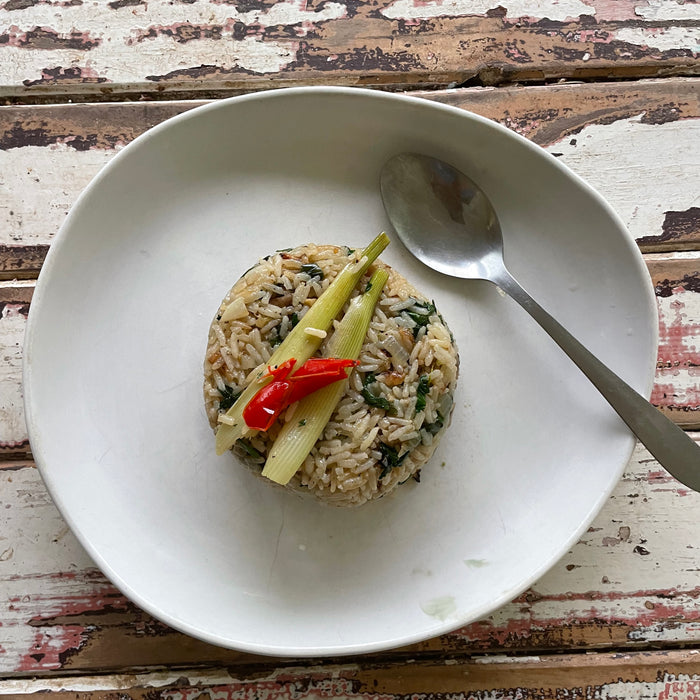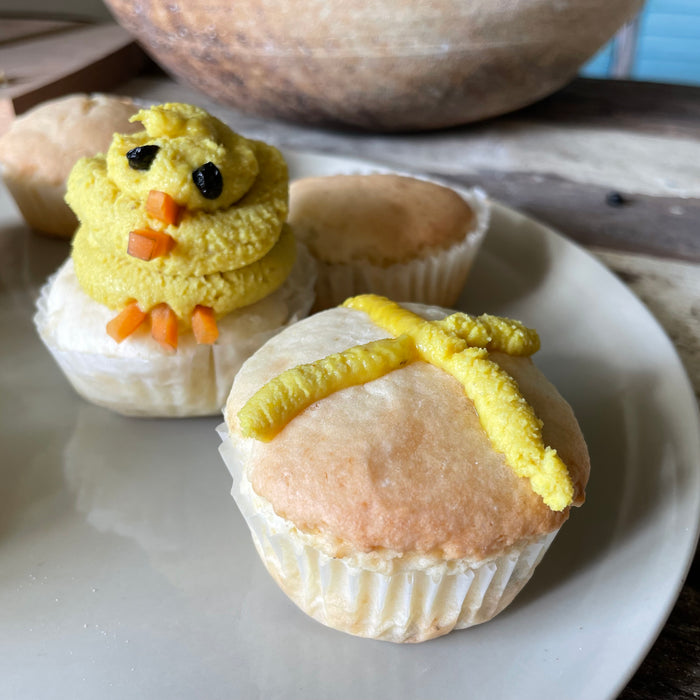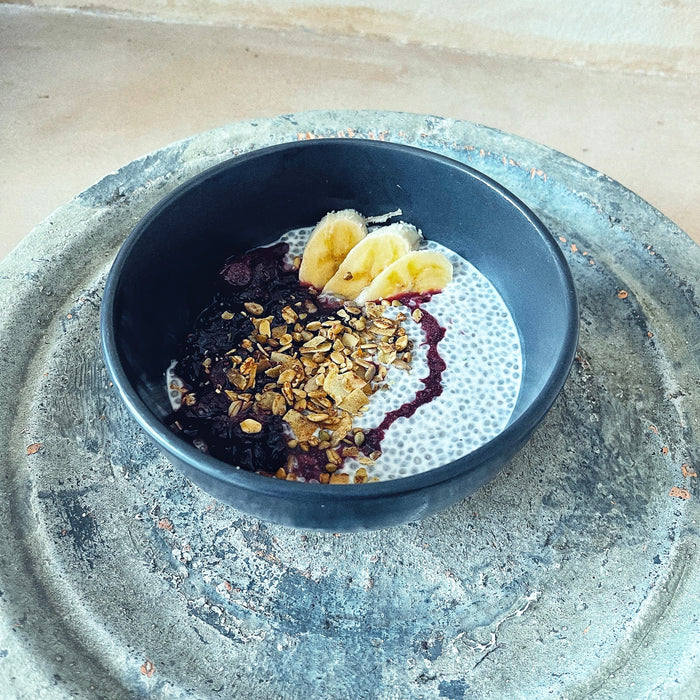Soil. Some people describe it as the stomach of the earth. Others describe it as the skin of the earth. To me, soil is the stomach, skin and soul of the earth. Soil health is essential for plant health, plant health is essential for environmental health and environmental health is essential for human health. When we consume food we are intimately connecting to the soil where that food was grown. Through plants, we eat soil everyday and whatever that soil contains we absorb. Soil health is our health.
Soil tells intimate stories of place, and changes everywhere you go. Observing and analysing your soil, noticing the colour, texture and structure gives you an insight into the soil underworld. I grow on Bundjalung country in Byron Bay and here the soil is volcanic red clay. Healthy soil encompasses nutrients, minerals, organic matter, air and water. All of these things are meticulously arranged by soil microbial life like worms and other microorganisms.
This season has been a particularly challenging one for the soil here. The rain has been unrelenting and as a result the soil is drenched and nutrient leaching is ongoing. Meticulously cultivated topsoil has been eroded and washed away, staining waterways to the sea.
Usually at the beginning of the planting season we’d add amendments (compost, manure pellets, rock minerals) and incorporate them into the soil below with broad forks and garden forks. But disturbing the soil and breaking the soil surface when it’s wet can disrupt and destroy the soil structure and completely squash the air, nutrient and water pockets. Soil structure can be destroyed in seconds and can take years to recover. Consequently we’ve had to get inventive this season to maintain the integrity of our soil.
Goodbye broad forks! Hello no-dig (or lasagna) gardening! These popular methods of growing are most often used for small-scale projects. Rest assured we’ve now tried and tested them on a larger scale and it’s been exciting to watch them grow. Instead of forking the amendments though we simply layer them on top of the existing soil and allow the worms to come up and mix it for us. It’s generally less laborious for us and less disruptive for the soil.
Our lasagna layers are as below:
- Base layer: cardboard
- 2nd layer: woodchip (1-2 inches thick)
- 3rd layer: biomass (green mass collected from around the garden e.g. comfrey leaves, pigeon peas, banana leaves, dead leaves etc.)
- 4th layer: aged compost, chicken manure pellets, rock minerals
- 5th layer: straw mulch
As the cardboard softens and the woodchip starts to decompose the worms move up and mix all of these layers together overtime. It’s like composting on top of your soil and planting as you go! As the plant roots grow down towards the lower layers they decompose.
Another way we endeavor to maintain the integrity of our soil and prepare for wet weather is to reduce erosion and runoff by covering our soil, either with living plants or with mulch. This protects the soil from sun, wind and rain. We find the more diversity we have in our garden, the more resilient it is to the elements. When I say diversity I mean diversity of plant species and plant functions. We grow annual vegetables with perennial crops and trees. And we grow some plants not just for food but for multiple other functions like pollination, shade, nitrogen fixation, habitat, biomass production and so on.
This season has taught us many things and has encouraged us to try new growing methods and adapt to what the weather brings. Here are a few key lessons/tips that you could try at home…
- Don’t break the surface of your soil if it’s wet. Instead work on top of it and let the worms do the work for you.
- Plant a diversity of plants to fulfill multiple functions. E.g. pigeon peas provide food for us, flowers for bees, nitrogen and biomass for the soil.
- Always cover your soil where possible. Use plants or mulch to do so.
- When there’s lots of rain, nutrient leaching is common. Adding compost regularly throughout the growing season and spraying compost tea, worm juice and other microbial rich plant sprays and soil drenches will help boost your soil and plants!
It has been a very testing season for growing but we’ve enjoyed the challenge to stay in the garden and give some new methods a go.
Special thanks to our local farming writer Lydia @cosmos_patch for this article.






